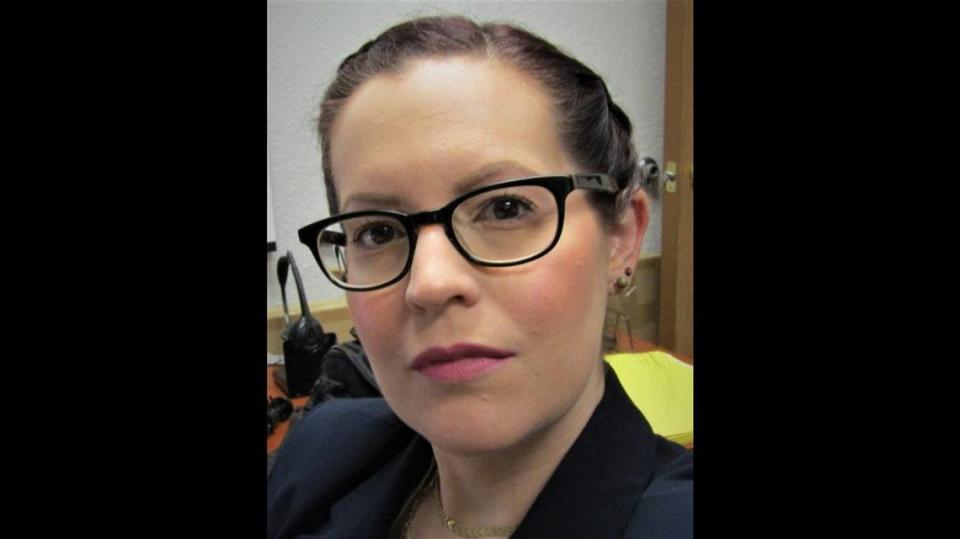We can all play a role in lowering air pollution in the San Joaquin Valley
I’ve always enjoyed outdoor activities like walking, running, and cycling. It is a great way to incorporate fun with physical activity. My exploration has mainly taken place in the San Joaquin Valley, where I have lived almost all of my life.
There is a lot of agricultural land and canals that provide a beautiful scene while enjoying the outdoors. The San Joaquin Valley is nestled between the Coastal Range and the Sierra Nevada. Its northernmost border is between Stockton and Sacramento and ranges south of Bakersfield. I have always enjoyed the sounds of nature and the crunch of dirt and sand under my feet while exploring.
I feel fortunate to have lived a life away from large cities, and all of the smog, air pollution, and crowding that goes along with it. I always thought I was healthier and better off away from the surrounding Bay Area.
Even as a young child, I experienced seasonal allergies from the harvests and changes in weather. I got used to having a sore red nose after going through an entire box of tissues. As I got older, the number of days I was allergy-free decreased until sneezing and blowing my nose became an everyday occurrence. Some days are better than others, but none are free of allergies due to the air I breathe.
Over time, smaller cities in northern San Joaquin Valley became bigger with Bay Area commuters in search of affordable living and housing, increasing air pollution and smog. The smog is easily visible on the road; it looks like a gray cloud hovering over the sky thick as fog. According to the American Lung Association, five of the Top 10 ranked counties for most polluted year-round are located in the San Joaquin Valley, including Kern (1), Kings (2), Tulare (3), Fresno (4), and Stanislaus (10).
Adverse effects of air pollution include increased respiratory and cardiovascular symptoms, low birth weight and premature cardiopulmonary death. Air pollution not only affects us outdoors, but it also finds its way into our homes. The longer we are exposed to air pollution, the higher the risk of developing asthma and issues with the heart and lungs. Communities close to busy roads and highways are particularly vulnerable to transportation pollution.
It is essential for air pollution to be addressed, and now we have the tools and ability to react. The first step is decreasing the number of gasoline or diesel-fueled vehicles on the road. More and more automakers are producing affordable electric vehicle options for middle-class families. In addition, there are tax credits made available for those who purchase electric vehicles.
You also can protect yourself in your home by improving the insulation and seal. Pacific Gas & Electric (PG&E) provides a free “Home Weatherization Fact Sheet” with tips and instructions on sealing your home. Before leaving your home for outdoor activity, check your area’s air quality for healthy pollution levels. You can go to AirNow.gov and enter your ZIP Code or City, State for current and local forecast on air quality.
Let’s work together to improve the air quality in the world we live in to make it safer for us and future generations. In the meantime, take steps, be safe, and have fun out there!
April M. Cox grew up in Ceres and is studying public health at San Jose State University.


